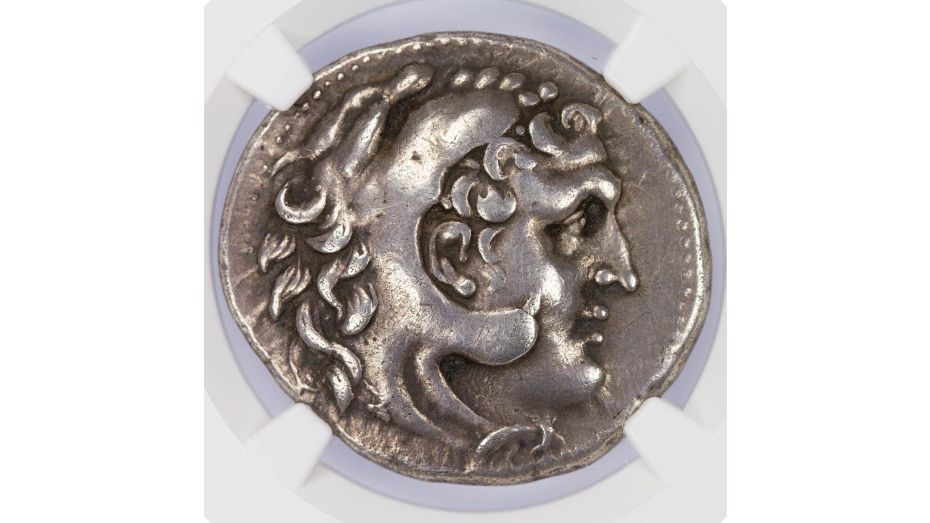Numismatic Superstitions: Coins of the Dead
Superstitions have been prevalent in numismatics for thousands of years. The Colonists of early America believed that a Pine Tree shilling could ward off witches, children around the world will affirm that finding a heads-up penny on the sidewalk is an undeniable sign of good luck, and the Greeks placed coins on the eyes of the dead as payment to be taken to the afterlife. That last practice is commonly referred to as Charon’s obol and you may have seen it in a film or read about it in a book, but what did it really mean?
In Greek Mythology, Charon was the ferryman who transported the recently deceased spirits to the Underworld. Traveling to the Underworld was not easy, as spirits would have to cross the River Styx, but Charon would take them across in his boat. Well, as long as they paid his toll, as the myth goes. If they were unable to pay, then they’d be doomed to wander the riverbank for all eternity. To prevent this fate, the family of the deceased would include a small coin for them to give to Charon.
Shortly after coins were first invented, they began appearing in graves. Some coins were placed on the body, near the hands or over the eyes, others were placed in the mouth. What these coins had in common is that they were of low value. The obol was a small silver coin, and the word was also later used to describe bronze coins with small denominations. The practice was first described in a text from around 500 BCE.
Before coinage was common, it was common in many cultures to see a body be buried with food, tools, flowers, or even minerals. These may have been seen as useful to the deceased in the afterlife or a way to commemorate how they lived their life. Besides coins, some specially-made pieces of gold foil with simple designs were used to commemorate the dead.
While placing a coin with a dead body is not commonplace anymore, coins have had uses with regards to death. In Victorian London, silver coins would be placed on the eyes of the dead. This was done to ensure that the deceased’s eyes remained closed and the coins would be removed before viewing or burial. Modern mortuary practices make this an obsolete method.
Coins can also be used to communicate with the living as they visit the dead. On the graves of soldiers, a visitor may place a coin to indicate how they knew them. Pennies are placed by friends, nickels are placed by someone they went to boot camp with, a dime means they served together, and a quarter indicates that they were present at the soldier’s death.
With such a rich history, numismatics have been part of many different cultures and meanings. Rare Collectibles TV offers many coins from ancient history, like those used as Charon’s obols, up through to today.






